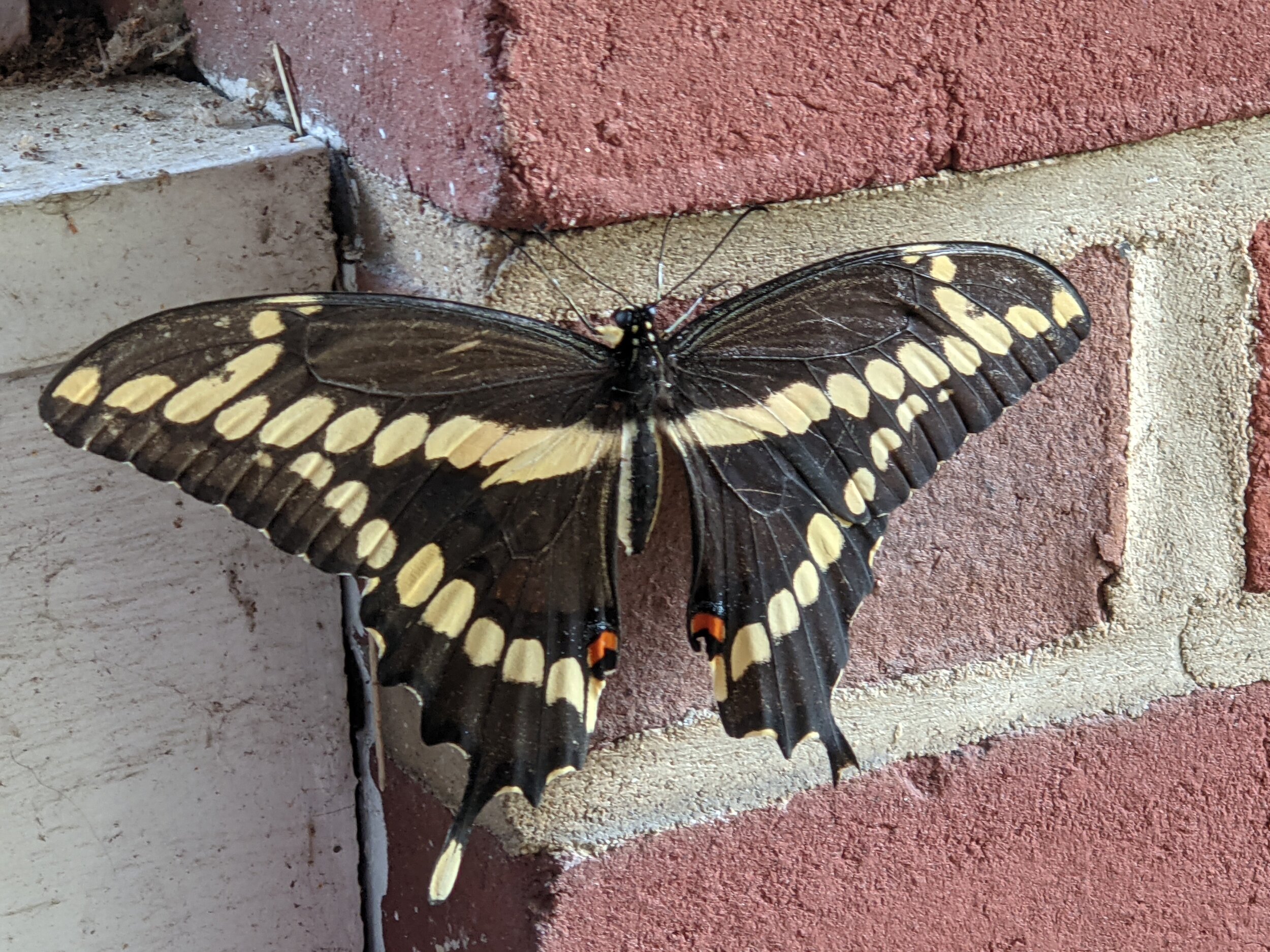Living at a Savoring Pace
Kirk Byron Jones, a professor, pastor, and writer, came up with a phrase that became one of my core values. He writes about the importance of living at a “savoring pace” (Jones 2001, location 665):
Concern for the fast pace of my life had nagged at me for a very long time. (…) The grief led to anger. I began to say to myself in various ways, "I will not go back to running and rushing through life!" (…) The anger led to resolve, a decision to live life at what I call a savoring pace, a speed that allows for thinking more deeply, listening more carefully, and seeing more clearly. I do not remember when I first coined for myself the phrase "savoring pace." However, I do remember that it was in response to feeling that what was bubbling inside of me needed expression in the positive "savor more," as opposed to in the negative "slow down." The difference in expression is important. It is the difference between the more profound understanding of peace as not being merely the absence of tension, but the presence of harmony and justice. Peace is not simply a negation of something; it is the active presence of something. Likewise, savoring pace is not just negating or minimizing life's hurried pace; it is the celebration of life and paying more attention to it.
Jones’ concept resonated with me so deeply that I wrote it down in my personal framework: “I will live my life at a savoring pace.”
Writing down and reflecting on our values regularly is really a mindfulness practice that helps us shift gears. Because I revisit my list of core values regularly, a couple of days ago I was able to make the conscious, intentional choice to savor what life brings.
I had come home from doing some errands. As I entered the breezeway that shelters our back door, I was startled by something fluttering wildly around the narrow space. I thought maybe it was a fledgling bird.
Instead it was a giant swallowtail butterfly. It tumbled frantically against the window and then appeared to collapse, and I realized it had recently emerged from its chrysalis.
Butterflies like our weedy garden. I’ve had the joy of regularly seeing monarch butterflies emerge. (One of the most magical things in nature has got to be a monarch’s jeweled chrysalis.) Many hours pass between the time the brand new butterflies emerge, the time it takes them to dry out and strengthen their wings, and the time they truly take flight; usually after several trial runs.
This giant swallowtail was distressed and trying to escape, but it appeared to be new to its wings, flailing for control.
Because my presence was clearly disturbing it, I went into the house. I could still watch it from the back window. I unpacked my bags and checked my to-do list for the afternoon. In between finishing my tasks, I kept going to the window to check on the butterfly. It had stopped its panicked flight around the breezeway and had come to rest on the sill.
One of the items on my list was to water and fertilize some of our houseplants. The problem? The plant food was out in the breezeway near the resting butterfly. My unchecked task, “Fertilize house plants,” blared out more and more from the rest of my crossed-off list. I began to wonder when the butterfly would leave so I could finish my list.
The butterfly was still there, after an hour. I felt impatient. I wanted to finish my list for the day! And that’s when I snapped out of it.
A newborn butterfly was resting in our breezeway, before it went out into the world for the first time.
Isn’t that something to savor? Sure, one list had “fertilize house plants,” but my values list has, “I will live my life at a savoring pace.”
Could I maybe, possibly, perhaps, fertilize my houseplants the next day, or the day after that? Could I allow the butterfly’s timing to take precedence over my list?
I certainly could! My values list takes priority over all the rest of my lists.
So I spent the rest of the afternoon enjoying the butterfly. Thanks to the zoom function on the phone, I was able to get some pictures without disturbing it.
It rested in our breezeway overnight, and took off the next morning when the sun warmed the patio.
I am so glad I spent that time marveling in the presence of that butterfly, and that now I can share these pictures with you.
Giant swallowtail, collapsed on the sill after its frantic flight
Chillin’ out a little more, drying its wings
At dawn the next day
When I left for work the next morning, it was slowly flexing its wings. When I came home, it was gone.
References
Jones, Kirk Byron. Rest in the Storm: Self-Care Strategies for Clergy and Other Caregivers. Judson Pr, 2001. Kindle edition.



